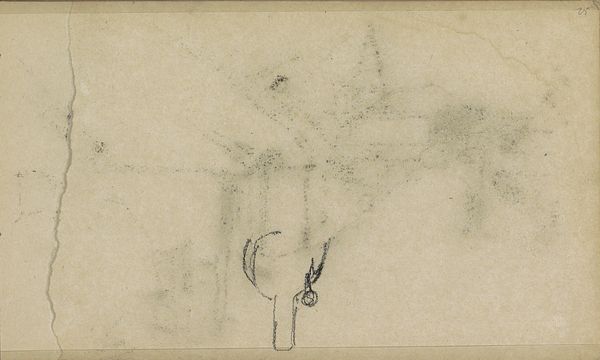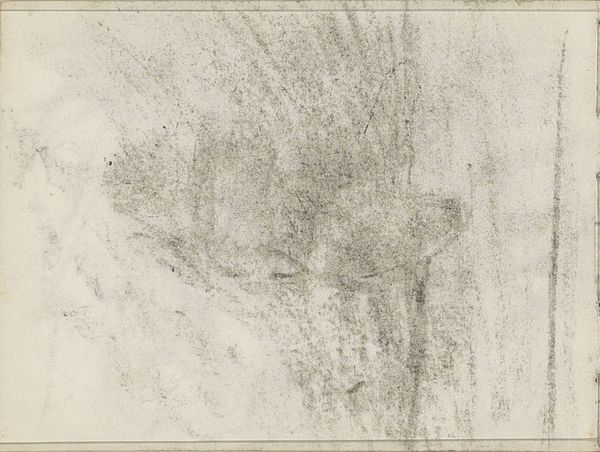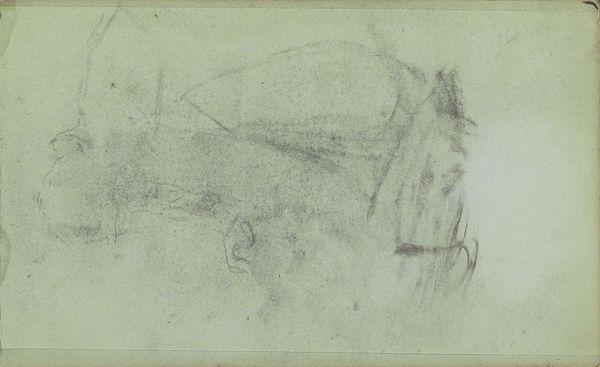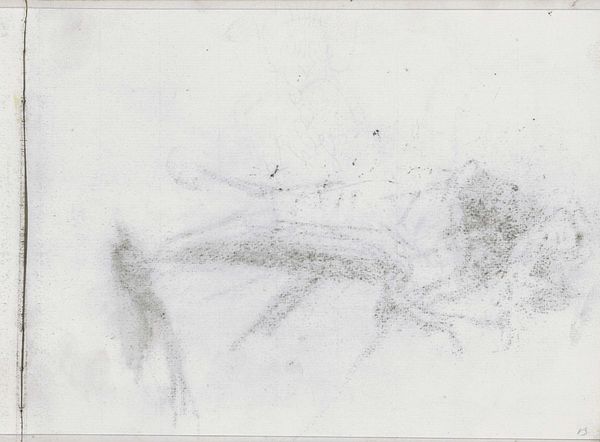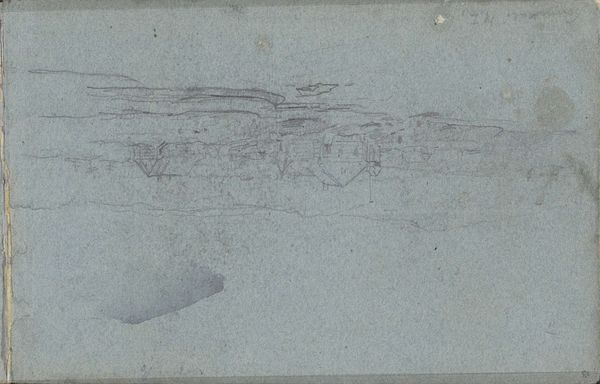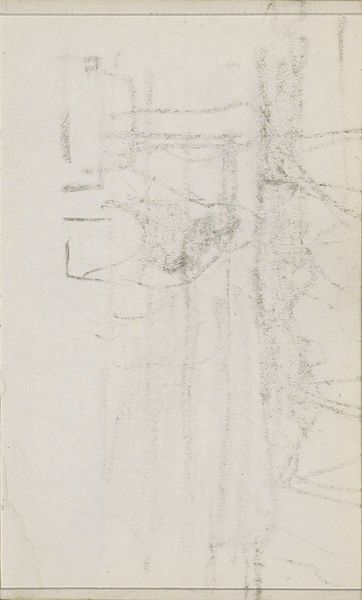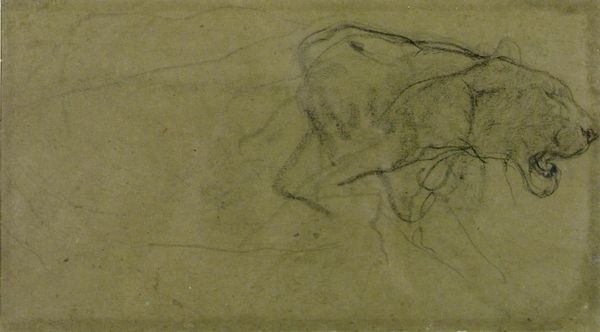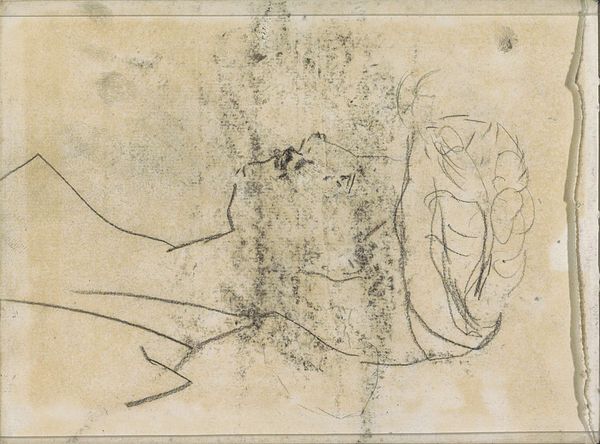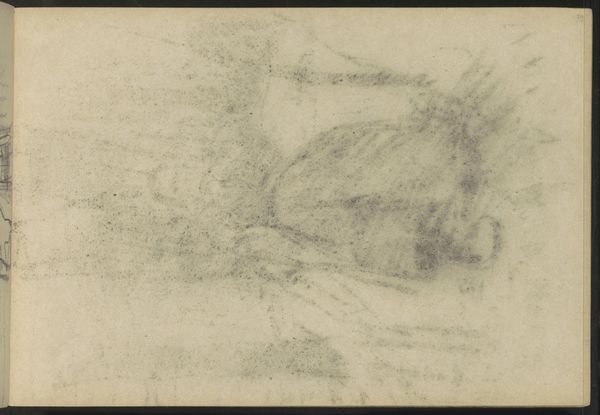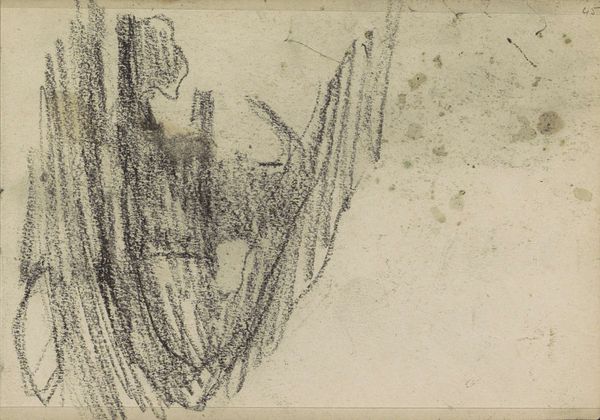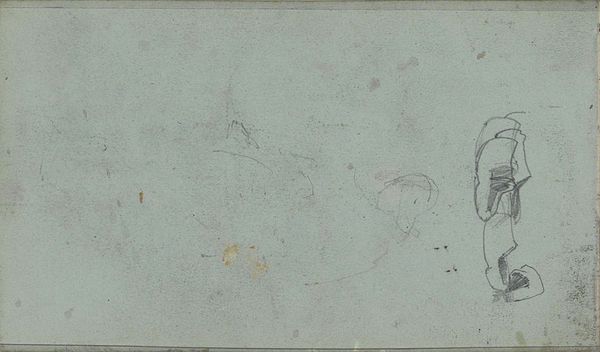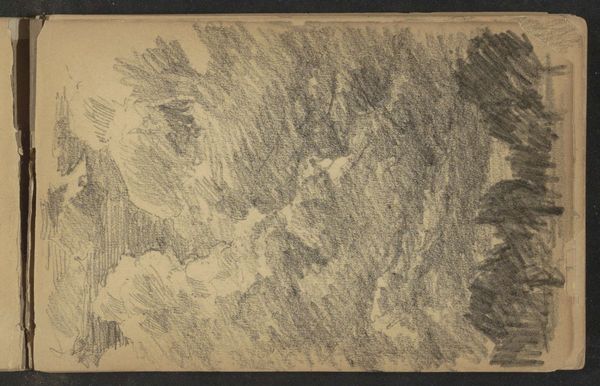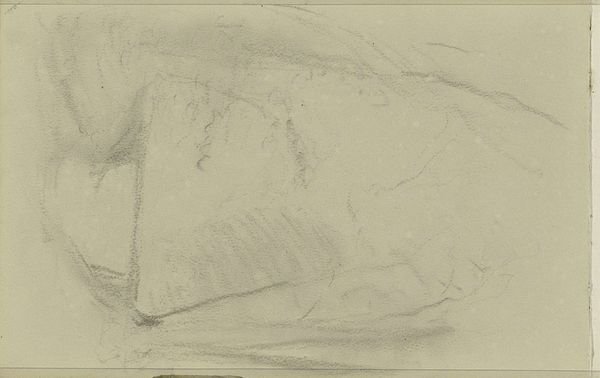
drawing, paper, pencil
#
drawing
#
landscape
#
paper
#
form
#
pencil
#
line
#
realism
Copyright: Rijks Museum: Open Domain
Editor: So, this is "Molen" by Jozef Israëls, sometime between 1834 and 1911. It's a pencil drawing on paper. It has a dreamlike quality, almost fading into the background. How do you interpret this work? Curator: It's fascinating how Israëls uses such minimal lines to evoke a windmill. I think we need to consider the social context in which Israëls was working. Windmills were not just picturesque elements of the landscape; they represented Dutch ingenuity, industry, and independence. Editor: So it’s not just a pretty picture? Curator: Exactly. This drawing reflects the late 19th century's growing interest in national identity and the celebration of the common person's labor. What do you think the effect of the faint lines has on that reading? Editor: Well, it’s like it is more of a memory of these cultural ideals instead of like a full reality, a symbol maybe. Does that connect to where it was displayed, maybe? Curator: Precisely! Now it's at the Rijksmuseum. Museums play a significant role in shaping what we value as a culture. By placing a simple drawing of a windmill in a national museum, we are elevating the everyday, claiming it as a piece of our shared history and identity. It transforms it from a functional structure into an emblem. Editor: I see it now, it is about more than what I saw at first. Curator: And hopefully others will too. Seeing art through that socio-political lens can completely change its meaning for the viewer, revealing a deeper cultural narrative. Editor: That really gave me a fresh appreciation for this sketch, thinking about it beyond just the visual. Thanks!
Comments
No comments
Be the first to comment and join the conversation on the ultimate creative platform.
